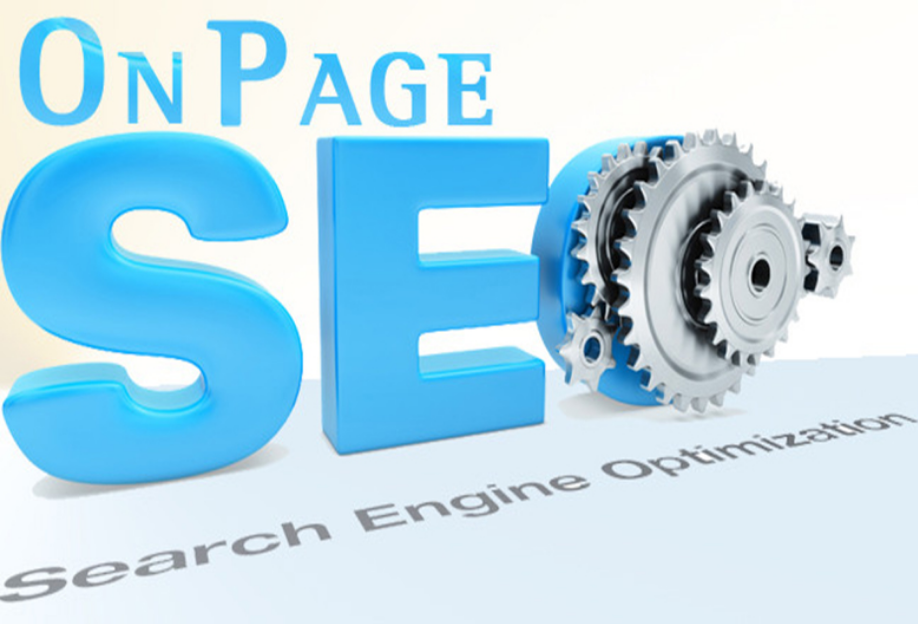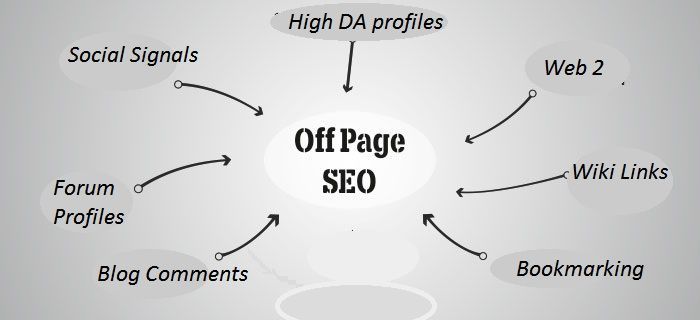
Technical SEO: Optimizing Your Website for Search Engines
Are you tired of having a great website that nobody seems to find? Technical SEO is the solution! Optimizing your site for search engines can significantly improve its visibility, driving more traffic and potential customers. Let's dive into the world of technical SEO, exploring how it works and providing tips on how to optimize your website for better search engine rankings. From understanding web crawlers to optimizing page speed and ensuring mobile responsiveness, our team at Marketing Baristas got you covered. So buckle up and get ready to take your website's ranking to the next level!
What is technical SEO and why is it important?
Technical SEO is the process of optimizing your website for Google’s search algorithm. By improving your technical SEO, you can increase your chances of ranking higher in search results and getting more traffic to your website.
Technical SEO includes optimizing your website’s structure, code, and content for Google’s algorithm. By doing this, you make it easier for Google to index and rank your website. Improving your technical SEO can be a complex process, but it’s worth it if you want to rank higher in search results.
Some common technical SEO optimizations include improving your site’s speed, making sure your site is mobile-friendly, and fixing any broken links or errors on your site. These are just a few examples – there are many other technical SEO optimizations you can make to improve your website.
Why is technical SEO important? Technical SEO is important because it helps Google understand and index your website properly. If you have a well-optimized website, you’re more likely to rank higher in search results and get more traffic. Investing in technical SEO can pay off in the long run by helping you get more organic traffic from Google.
Website speed optimization and performance tuning
Website speed optimization and performance tuning are critical components of technical SEO. By optimizing your website for speed and performance, you can improve your search engine rankings, increase your conversion rate, and improve the overall user experience of your website.
There are a number of factors that can impact the speed and performance of your website, including the size and complexity of your codebase, the number of requests made to your server, and the resources required to serve those requests. To optimize your website for speed and performance, you need to understand how these factors impact your website's loading time and make changes to improve it
One way to improve the speed of your website is to reduce the size of your codebase. This can be done by minifying or compressing your HTML, CSS, and JavaScript files. Minifying these files reduces their size without changing their functionality, which can help reduce the amount of time it takes for them to load.
Another way to improve website speed is to reduce the number of requests made to your server. This can be done by caching static resources such as images and CSS files so that they are only downloaded once when a user visits your website. Additionally, you can optimize how you serve dynamic content so that it is generated more efficiently on the server-side before being sent to the client.
You can also improve website speed by optimizing the resources required to serve each request. This includes using smaller images, reducing the number of HTTP requests made, and optimizing the delivery of JavaScript files.
Finally, you can improve website speed by reducing the amount of time it takes for a page to render. This includes optimizing the order in which assets are loaded, optimizing the number of scripts used, and reducing unnecessary rendering tasks.
By implementing these strategies, you can improve your website's speed and performance, resulting in improved search engine rankings, higher conversion rates, and better user experiences.
Implementing structured data and schema markup
Implementing structured data and schema markup can be a daunting task, but it is essential for technical SEO. Structured data helps search engines understand the content on your website and how it is related to other content on the web. Schema markup is a specific type of structured data that allows you to provide more information about your website to search engines.
When implementing structured data and schema markup, it is important to use valid code and follow the guidelines set forth by the major search engines. Google, Bing, and Yandex all have their own documentation on how to properly implement structured data. In addition, there are many online resources that can help you with the implementation process.
Once you have implemented structured data and schema markup on your website, it is important to test your code to ensure that it is working correctly. The W3C Markup Validation Service is a great tool for testing your code. Simply enter the URL of your website into the validation tool and it will check your code for errors. If there are any errors in your code, they will be displayed so that you can fix them.
After you have implemented structured data and schema markup on your website, be sure to monitor your web traffic to see if there is an increase in organic search traffic. If you do see an increase in traffic, congratulations! You have successfully implemented technical SEO strategies that will help improve your website's visibility in search engine results pages.
XML sitemaps and robots.txt optimization
XML sitemaps and robots.txt files are important for technical SEO. They help search engines understand your website and can give you an advantage in rankings.
An XML sitemap is a file that lists all the pages on your website. It helps search engines find your content and index it properly. A robots.txt file tells search engines which pages on your website they should index and which they should ignore.
Both XML sitemaps and robots.txt files can be optimized to help improve your website's SEO. Here are some tips:
Make sure your XML sitemap is up-to-date and includes all of your website's pages.
Use proper formatting in your robots.txt file so that search engines can understand it easily.
Include directives in your robots.txt file that tell search engines what to do with specific types of content on your website, such as images or videos.
Be careful not to block any important pages on your website from being indexed by mistake.
Monitor your website's traffic regularly to see if there are any changes in how search engines are crawling or indexing your site.
Mobile-friendliness and responsive design considerations
When optimizing your website for search engines, it's important to consider both mobile-friendliness and responsive design. Mobile-friendliness refers to how well your website works on mobile devices, while responsive design refers to how well your website responds to different screen sizes and resolutions.
To ensure that your website is both mobile-friendly and responsive, you'll need to make sure that your website is designed using responsive Web design principles. This means using a fluid layout that adjuststo different screen sizes, as well as using media queries to target specific devices with specific CSS styles. In addition, you'll need to make sure that all of your images are optimized for mobile devices and that your site loads quickly on all devices.
By following these best practices, you can ensure that your website is optimized for both search engines and users on all devices.
Fixing common technical SEO issues
There are a number of common technical SEO issues that can negatively impact your website's search engine rankings. Fortunately, most of these issues are relatively easy to fix.
One common issue is having a "robots.txt" file that is blocking search engine crawlers from accessing your site. This can be easily fixed by ensuring that your robots.txt file is not blocking any important pages on your site.
Another common issue is having duplicate content on your site. This can be caused by a number of things, such as having multiple versions of the same page (e.g. www and non-www versions), or by having printer-friendly pages that contain the same content as the main version of the page. Duplicate content can be fixed by either redirecting all traffic to one version of the page, or by using a "canonical" tag to tell search engines which version of the page is the original.
A third common issue is poor website structure. This can be caused by a number of things, such as using dynamic URLs that contain characters that are not easily readable by search engines, or by having a large website with a complex navigation structure. Poor website structure can be fixed by simplifying your URL structure and making sure that all important pages are easily accessible from the homepage.
Another common technical SEO issue is using Flash or JavaScript for important elements on your website (such as menus). While these technologies can make your site more interactive and visually appealing, search engines cannot easily read these elements and could penalise your website as a result. This can be fixed by using HTML5 instead of Flash or JavaScript, or by adding alternative text to the elements in question so that search engines can understand them better.
Technical SEO is an important part of any website's success in search engine rankings. By optimizing your site for the right keywords, formatting content properly, and improving page speed and performance, you can ensure that your website will rank well on search engines. Additionally, by eliminating common technical errors such as broken links and duplicate pages, you can reduce the chances of being penalized by search engines. Ultimately, if done correctly, technical SEO will help to improve user experience while providing a much needed boost in organic traffic from search results.
Marketing Baristas
We are the premier digital marketing solution in Itasca, IL and surrounding suburbs of Chicago. Contact us today to get your free, no-obligation consultation!
Get In Touch
1925 Cherry Lane,
Northbrook, IL 60062
United States









